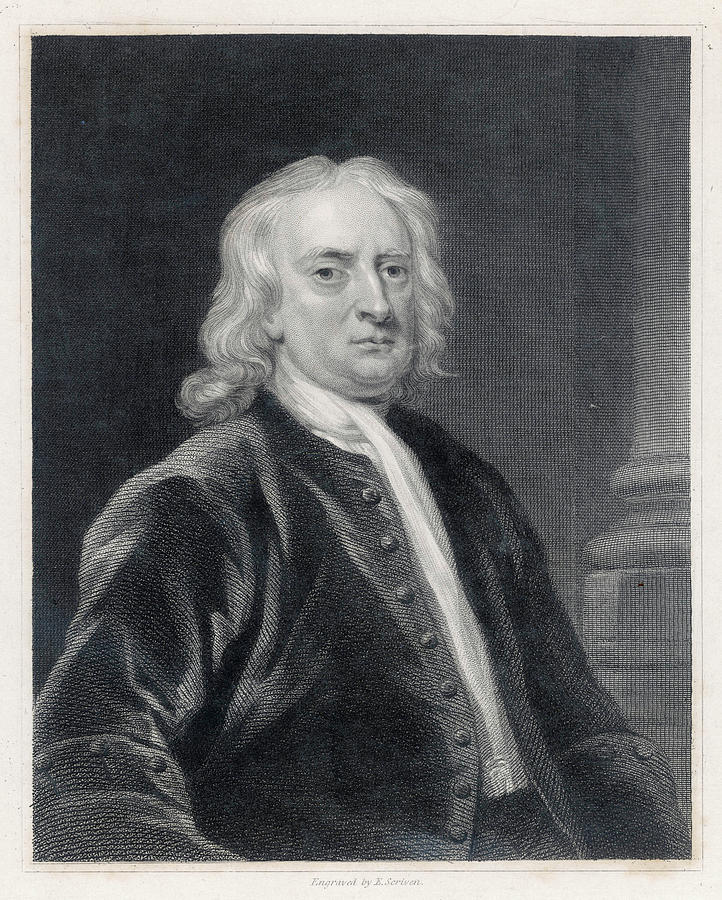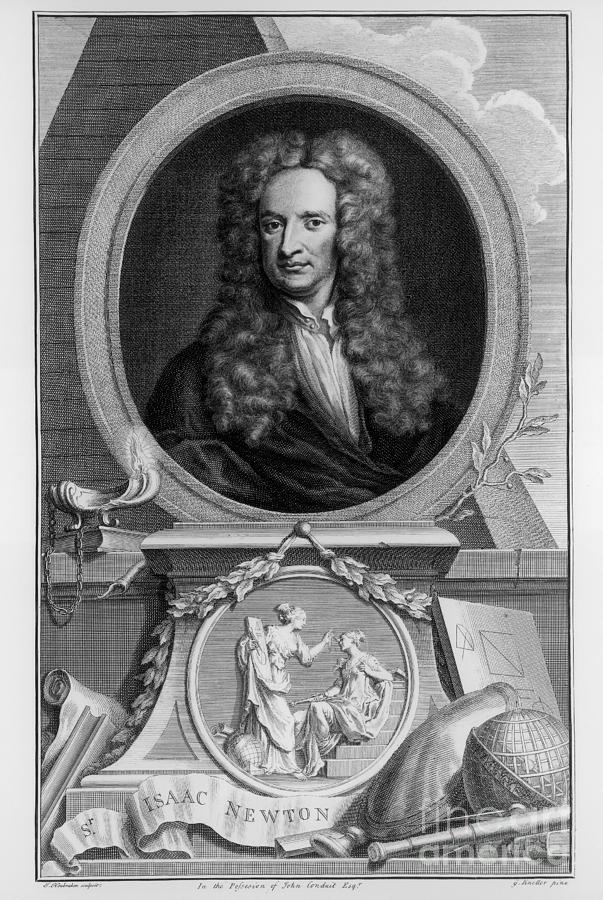

Rock formations, whirl pools, war machines, helicopters and architecture. Studies of faces and emotions, of animals, babies, dissections, plant studies, There are compositions for paintings, studies of details and drapery, Money and some as intriguing as designs for wings and shoes for walking on Preoccupations, some as mundane as lists of groceries and people who owed him His notes and drawings display an enormous range of interests and įrom Leonardo's journal showing his study of a foetus in the womb (c. Since Leonardo wrote with his left hand, it is probable that it wasĮasier for him to write from right to left. The reason may haveīeen more a practical expediency than for reasons of secrecy as is often The journals are mostly written in mirror-image cursive. These notes were made and maintained daily throughout Leonardo's lifeĪnd travels, as he made continual observations of the world around him. Pages of notes and drawings, which fuse art and natural philosophy (the forerunner of modern Innovative as his artistic work, recorded in notebooks comprising some 13,000 Humanism saw no mutually exclusive polarities between the sciences and theĪrts, and Leonardo's studies in science and engineering are as impressive and As a scientist, he greatly advanced the state of knowledge in the fields of anatomy, civil engineering, optics, and hydrodynamics. Relatively few of his designs were constructed or were even feasible during his lifetime, but some of his smaller inventions, such as an automated bobbin winder and a machine for testing the tensile strength of wire, entered the world of manufacturing unheralded. He conceptualised a helicopter, a tank, concentrated solar power, a calculator, the double hull and outlined a rudimentary theory of plate tectonics. Only rivalled by that of his contemporary, Michelangelo.Īs an engineer, Leonardo's ideas were vastly ahead of his time. Of painting, comprise a contribution to later generations of artists Nevertheless, these few works together with his notebooks, whichĬontain drawings, scientific diagrams, and his thoughts on the nature With new techniques, and his chronic procrastination. Number due to his constant, and frequently disastrous, experimentation Perhaps fifteen of his paintings survive, the small Parodied portrait and religious painting of all time, their fameĪpproached only by Michelangelo's Creation of Adam. Occupy unique positions as the most famous, most reproduced and most Two of his works, the Mona Lisa and The Last Supper It is primarily as a painter that Leonardo was and is renowned. He is widely considered to be one of the greatest painters of all time and perhaps the most diversely talented person ever to have lived. Leonardo has often been described as the archetype of the " Renaissance man", a man whose seemingly infinite curiosity was equalled only by his powers of invention. He later worked in Rome, Bologna and Venice, spending his final years in France at the home given to him by King François I. Much of his earlier working life was spent in the service of Ludovico il Moro in Milan. Born as the illegitimate son of a notary, Piero da Vinci, and a peasant girl, Caterina, at Vinci in the region of Florence, Leonardo was educated in the studio of the renowned Florentine painter, Verrocchio. info)), Ap– May 2, 1519) was an Italian polymath a scientist, mathematician, engineer, inventor, anatomist, painter, sculptor, architect, botanist, musician and writer.Leonardo di ser Piero da Vinci ( pronunciation ( help

Mona Lisa, The Last Supper, The Vitruvian Man Many and diverse fields of arts and sciences Īmboise, Indre-et-Loire, in present-day France Self-portrait in red chalk, circa 1512 to 1515. For other uses, see Da Vinci (disambiguation). Find out more about navigating Wikipedia and finding information.


 0 kommentar(er)
0 kommentar(er)
